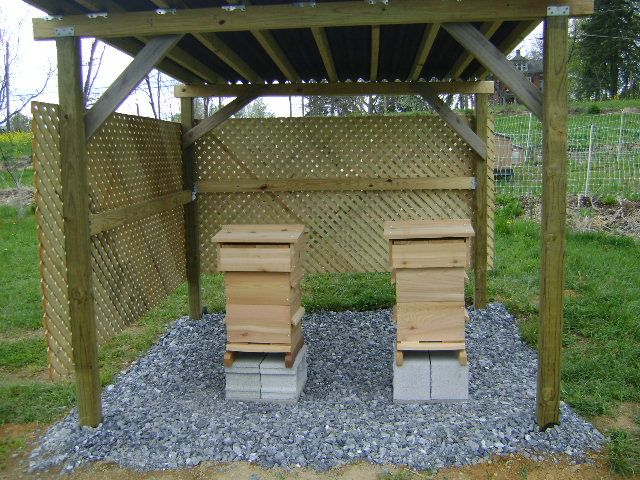Psycad
New Bee
- Joined
- Mar 8, 2017
- Messages
- 97
- Reaction score
- 0
- Location
- Republic of Belgium
- Hive Type
- Other
- Number of Hives
- 1
Hi all,
I am the new guy from Middle East
After two weeks I opened my hive for the first time.
Yes its scary.
Looked very healthy with tons of bees but what do I know. I added 5 frames to the 5 ones I bought
There were no beetles and could not see varao.
But there were ants inside the hive
Any advice ?
I will probably have to have a steel frame welded for the hive (where I can put the legs in water) It will however take time and I dont know how much damage ants can do in 2 weeks or so
I am the new guy from Middle East
After two weeks I opened my hive for the first time.
Yes its scary.
Looked very healthy with tons of bees but what do I know. I added 5 frames to the 5 ones I bought
There were no beetles and could not see varao.
But there were ants inside the hive
Any advice ?
I will probably have to have a steel frame welded for the hive (where I can put the legs in water) It will however take time and I dont know how much damage ants can do in 2 weeks or so















































